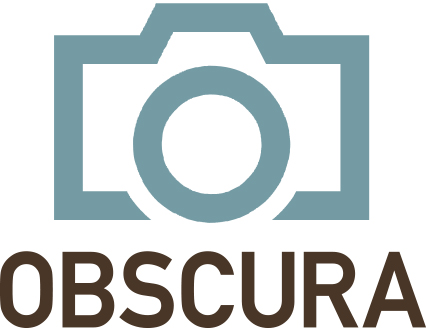Keys to Great Packaging Design
The difference between a successful product and an unsuccessful product can be as simple as effective packaging design. Packaging is often the first introduction potential customers have to your product. Attractive, effective packaging design is the key to product engagement and sales, while unattractive packaging is the key to having your product skipped over in favor of the competition.
Packaging is equal parts art and science, psychology and gentle persuasion. For your product to be successful, your product packaging must be successful.
Unfortunately, far too many companies overlook the importance of packaging. Many great products – and companies – have faltered and died on the altar of bad packaging. Here are a few key points to keep in mind to guarantee that your product packaging will have the impact it needs to make your product successful.
Make Your Product Stand Out
Your average supermarket carries approximately 40,000 different products. Your typical Walmart Supercenter carries upwards of 142,000 different products depending on store size. Every one of these products fight for the attention of shoppers, creating an enormous "signal-to-noise" problem for your product. Let’s try a little experiment to help you understand this better. The next time you go shopping, pick a random product category, be it anything from cereal to TVs – and count the number of products on display within that category that have confusingly similar packaging. The results may surprise you. If you want your product to be noticed, it has to stand out. Be willing to think outside the box, so to speak, and be an innovator rather than an emulator.
Color is Critical
The color(s) you choose are a critical element to any successful packaging design, and picking the right colors to help your packaging stand out from the competition is crucial to your success. However, one important tip to keep in mind in choosing packaging colors is the need to stay consistent with your brand standards. For instance, red and white have become established parts of the Coca-Cola brand, while red, white, and blue are part of the established branding identity for competitor Pepsi-Cola. Packaging that incorporates your signature brand colors helps reinforce your brand to consumers. Additional color choices should be guided by current marketing standards and consumer preferences. For instance, black was once considered a major faux pas for food packaging, but in recent years has become a prominent choice for many food product packages. Simple, bold colors, or interesting color combinations will get your packaging noticed. This is particularly important if the packaging used by your competitors is overly loud or garish – remember, one way to stand out is to provide contrast with your competitors. Being different will always get you noticed.
Clarity & Simplicity
What do consumers value above all else when shopping? Convenience and value. Unfortunately, consumers who are unable to determine your value proposition due to hard-to-decipher or confusing packaging will pass your product by. Part of the convenience proposition for consumers is the ability to quickly evaluate a product. If consumers are unable to quickly find the information they need to make an informed buying decision from your packaging, your packaging has in essence failed – and your product may soon follow.
Typography Anchors Your Design
A key element of clean, successful packaging design is choosing the right typography. Cluttered, small, or hard-to-read fonts can frustrate consumers and sabotage an otherwise promising packaging design. Your consumers want and need to know more information about your product before making an informed buying decision, but this information is wasted if they are unable to decipher poorly designed typographic elements.
Know Your Target Audience
Your packaging needs to speak to your audience. An important part of effective packaging is to know your audience, and to speak to them in ways that will help them build a connection with your brand. Research your target audience and model your packaging to fit their needs and interests. For instance, if you are marketing a non-GMO food product, and your target audience is very GMO conscious, you will want to prominently include this in your package design.
Maintain a Consistent Brand
Branding is the heart and soul of your business. Consistency of tone, of voice, of values across your branding efforts is critical in building brand credibility among consumers. Packaging is a critical part of your brand. Your brand identity must be represented in your packaging and starts with using a consistent color palette, a consistent voice, and consistent design elements such as logos and typography across all branded materials. Remember, for many consumers, your packaging will be the most common – and, quite often, only — branding element they will come in contact with. Consumers value brand honesty and trustworthiness, and brand consistency is a key to persuading consumers that your brand is trustworthy by being true to your internal values and your brand message.
To Wrap it Up
In summary, product success starts with effective packaging design. And the first step in that process is picking the right team to help you design product packaging that sells. Our marketing and design staff understands what it takes to create product packaging that makes your product stand out in a crowded field of competitors.




